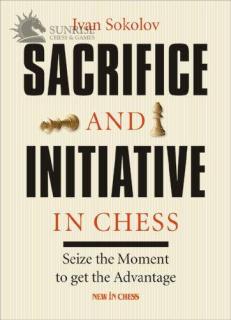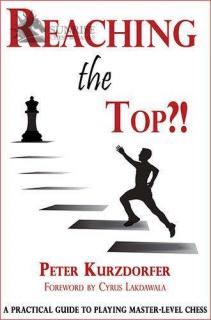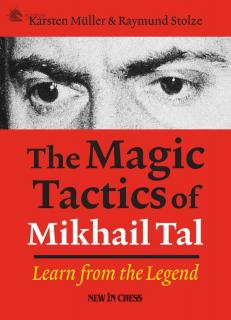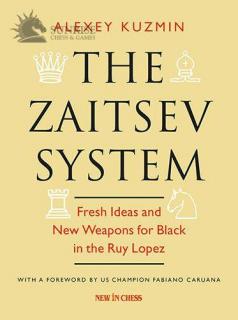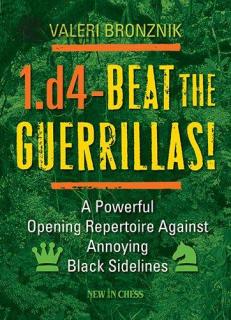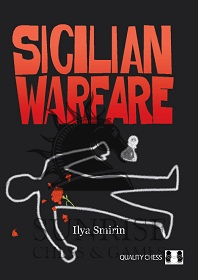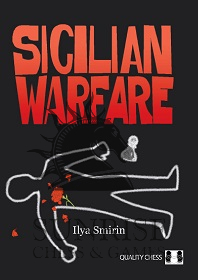
The Exchange Sacrifice: A Practical Guide
The Inscrutable Exchange Sacrifice!
The exchange sacrifice, giving up a rook for a bishop or knight, is one of the more mysterious concepts for most players to fathom.
In this book – the first of its kind dedicated exclusively to the various types of positional exchange sacrifices – Belarussian grandmaster Sergey Kasparov weighs the pros and cons of this sacrifice – when it should be on, and when not.
With almost 200 annotated games, he examines common themes in exchange sacrifices, including Domination, Fighting for the Initiative, Utilizing an Advantage, Launching an Attack against the King, Reducing Your Opponents Offensive Potential, Destroying a Pawn Chain, Building a Fortress, Activating Your Bishop, and much more.
He also takes a look at a selection of games by former world champions Tigran Petrosian and Anatoly Karpov and their handling of this sacrifice.
This book has the ability to add an important, practical dimension to your game – the positional exchange sacrifice.
Whether you are evaluating the possibility of sacrificing the exchange, or perhaps preparing to defend against it, Sergey Kasparovs ground-breaking work will help you sort things out.
It is a practical guide which makes the exchange sacrifice more, well, scrutable!
International grandmaster Sergey Kasparov, with his popular writing style and insightful observations, is a favorite author and instructor in contemporary chess circles. Previous books include The Dynamic Benko Gambit (2012), Steamrolling the Sicilian (2013) and A Cunning Chess Opening for Black (2015).
- Sklep: Sklep Szachowy: Szachy, Figury, Zegary, Książki, GRAWEROWANIE LASEROWE! - Polski Producent szachów e
- Kategoria: KSIĄŻKI SZACHOWE/KSIĄŻKI - PO ANGIELSKU/Inne wydawnictwa
- Dostępność: na pytanie
- Zaktualizowany: 28.10.2024
- Cena: 109.00 zł
